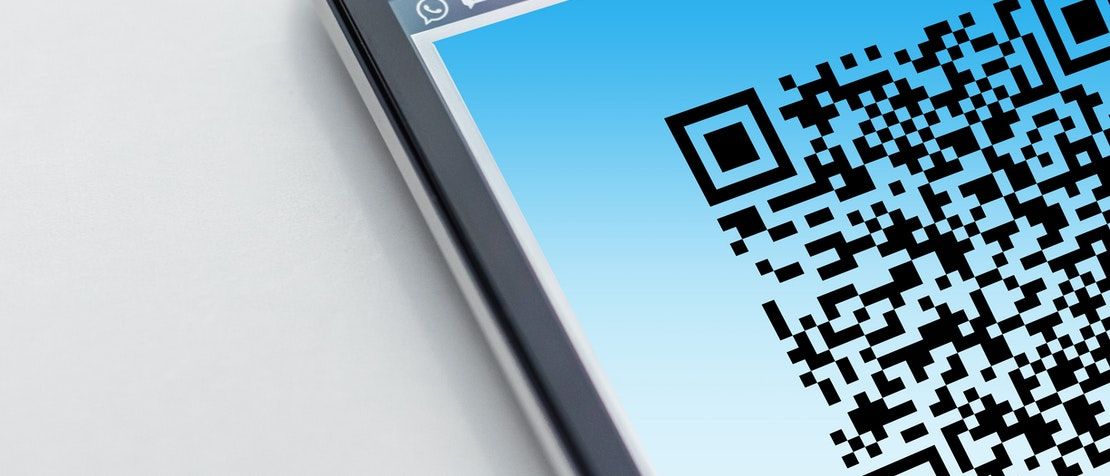
Combatting counterfeiting of ITU Manuals
How does it work? Upon scanning the QR code with any smart phone, a browser is opened directing the ship captain or assigned crew member to an ITU-managed web page, where they are prompted to enter the unique PIN number which was generated in parallel with the QR code and found printed inside the CD cover. Next, the user selects the name of their vessel from the dynamic drop-down list linked to ITU’s Maritime mobile Access and Retrieval System (MARS) database, where data from flag states is continually controlled by ITU to ensure the most recently available coordinates of all ship stations are included. In a final step, the user’s email address is entered with the option of agreeing to the reception of additional pertinent information from ITU, prior to receiving a successful registration screen and thanks, while the data from each registration is in turn collected and securely stored by ITU. App for port inspectors A second major audience targeted for this new technology is made up of the thousands of port inspectors worldwide who are tasked with the safety inspections of ships in port. Port inspectors have been invited to use a special native-to-ITU smart phone application that has been customized for their specific needs.This technology enables end-users to voluntarily register their official copy to their own ship station (vessel), in a show of solidarity against eventual counterfeit copies which may appear on the market.
Once a QR code has been scanned by an inspector, validity of the code is quickly identified regardless of the voluntary registration status.
If there is any discrepancy, tailored prompts can then guide the inspector to either check for other anti-counterfeit measures, or to invite ships not yet registering to do so. Instructional videos in all six official ITU languages have been produced by ITU to assist both target audiences above to understand the basics of the technology. What’s next for anti-counterfeit technology at ITU? The sky is the limit with the future of QR codes and related apps, even beyond the initial anti-counterfeit objectives, from advising tens of thousands of vessels worldwide of forthcoming editions of ITU Publications, to perhaps even unlocking updates of current editions. A strong example of cross-sector coordination within ITU, this critical measure would not be possible without the dedicated cooperation of several teams, from those in the Radiocommunication Bureau producing the content, to those in the Telecommunication Standardization Bureau proposing and perfecting this advanced QR code technology, as well as in design, production coordination, dispatch, promotions and customer service. To learn more about this ongoing project, contact sales@itu.int
Image credit: Pixabay
